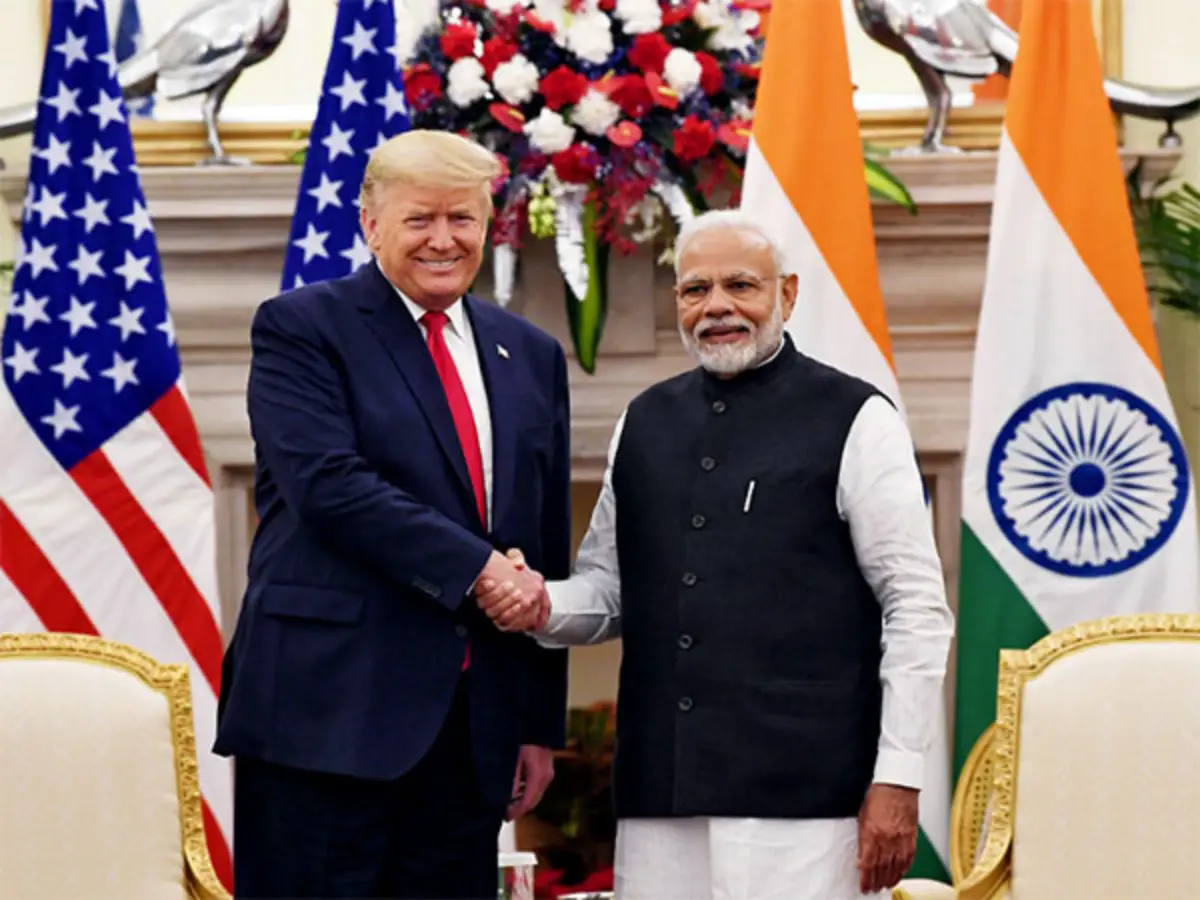
India Ready To Slash Tariffs To Arrive At Deal With US
India-West News Desk
NEW DELHI — India has proposed a dramatic cut in its average tariff gap with the United States—from nearly 13% to under 4%—in an urgent push to secure a trade agreement with the Trump administration, according to senior Indian officials involved in the talks. The move comes as both countries face growing economic pressures and high political stakes.
The offer would slash the average tariff differential across all products by nine percentage points—an unprecedented step by India to lower trade barriers in exchange for protection from existing and future U.S. tariff hikes, Reuters reported. Officials say New Delhi is seeking a comprehensive exemption from President Donald Trump’s base 10% tariff as well as from any new levies under consideration.
With bilateral trade reaching $129 billion in 2024, the U.S. remains India’s largest trading partner. India currently holds a trade surplus of $45.7 billion with the U.S.—a persistent concern for Washington. Trump’s recent “breakthrough” deal with Britain, which preserved the 10% U.S. tariff on British imports while lowering UK duties on American goods, is now being viewed as a model for pending negotiations with India and Japan.
After the U.S.-UK agreement, India and Japan are next in line. “We will see which one crosses the line first,” an official told Reuters.
To expedite progress, India has offered to eliminate tariffs entirely on 60% of all tariff lines in the first phase of the deal. Additionally, it has proposed preferential access for nearly 90% of U.S. imports—aimed at sweetening the offer and signaling New Delhi’s commitment to sealing the deal quickly.
Last month, President Trump announced a 90-day suspension of planned reciprocal tariffs, including a proposed 26% duty on Indian goods. While the pause is in effect, a 10% baseline tariff still applies to India, raising the urgency for a negotiated settlement before the deadline lapses, Reuters said.
Both governments are under pressure: Trump is pushing to deliver trade wins with his economic plans becoming increasingly unpopular domestically which has seen price rises and supply chain blocks. India, grappling with a slowing economy and a strong dollar, is keen to stabilize trade flows and avoid disruptive tariffs that could affect exports and investor confidence.




